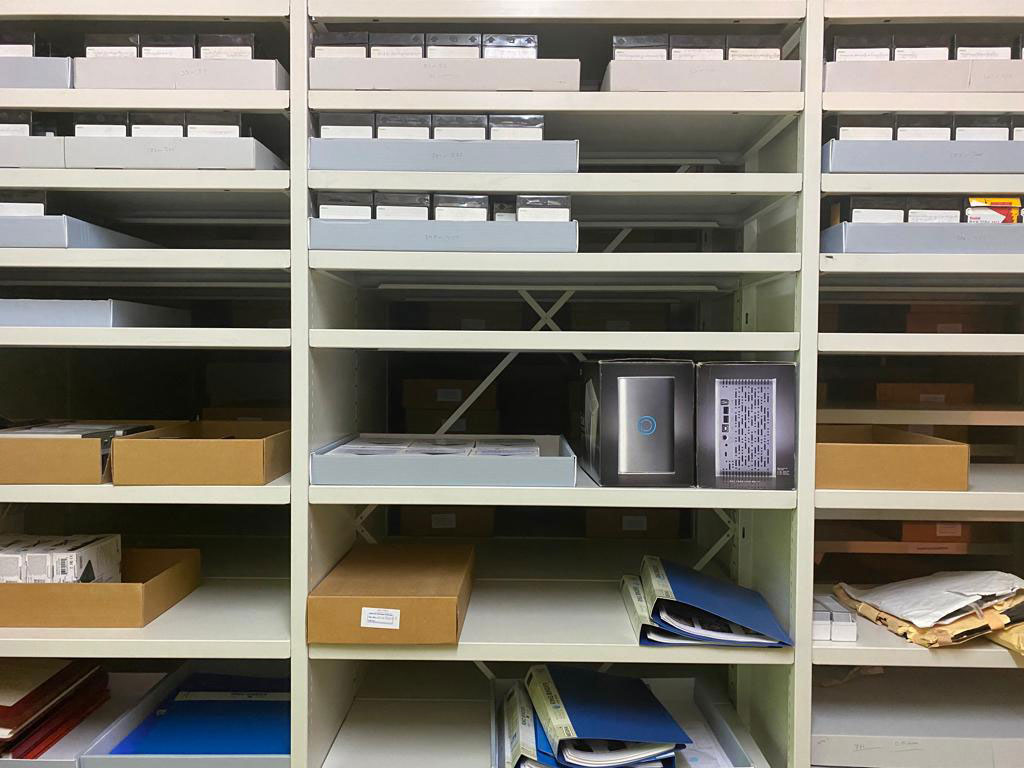The Archives was started in February 2006 equipped with high quality steel movable and fixed shelves imported from Denmark; temperature and relative humidity regulating systems and fire and burglar alarm systems.
The National Archives collects and preserves important past and present documents on Bhutan to ensure their safe keeping and preservation for posterity. These include old and rare manuscripts, books, documents; scrolls, microfilm, digitized records, photographs and books received through Legal Deposit Act (LDA), 1999. These archival materials are segregated in two sections: Legal Deposit Collections and Repository of Rare Collections. Any materials received through LDA are classified in accordance with the creating agency, that is organization wise and the materials that fall under Rare Collections are classified into different categories such as manuscripts, dark archives (very rare and sensitive materials), Royal collections –Kasho (decrees of Successive Monarchs in scrolls), Kasho issued by Penlops (Governors) and Dzongpons (Administrators); zhu-yig (applications) and tang-yig (corresponding letters), gen-ja (agreements and bonds); and to-yig (inventories, lists, registers), ma-thram (old land records), ae-thram (reformed land records), Microfilms rolls and old records received from the Ministries.
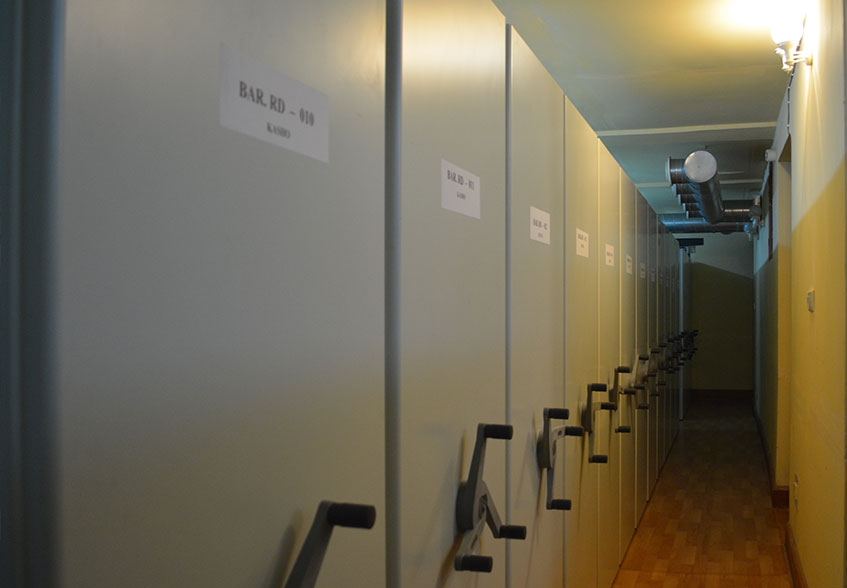
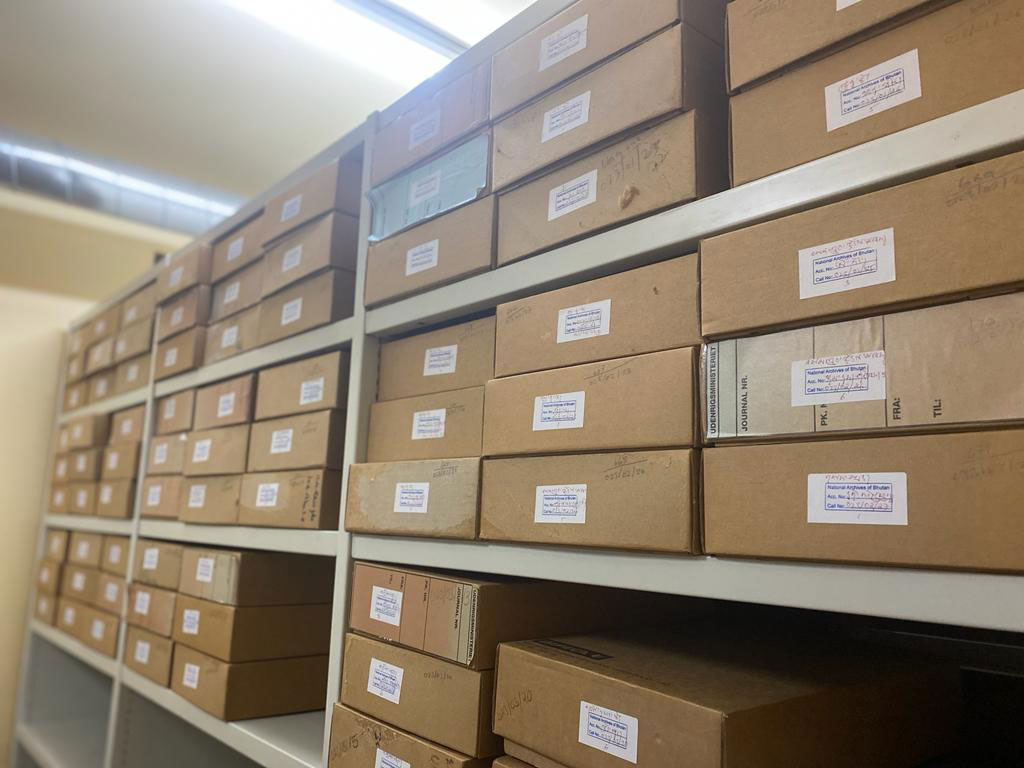
The National Archives solicits co-operation from all concerned in its effort to create our National Memory Bank. We therefore request individuals and institutions, inside and outside the country holding important documents and other material related to Bhutan which may be of benefits to future generations, to provide copies for our National Archives.
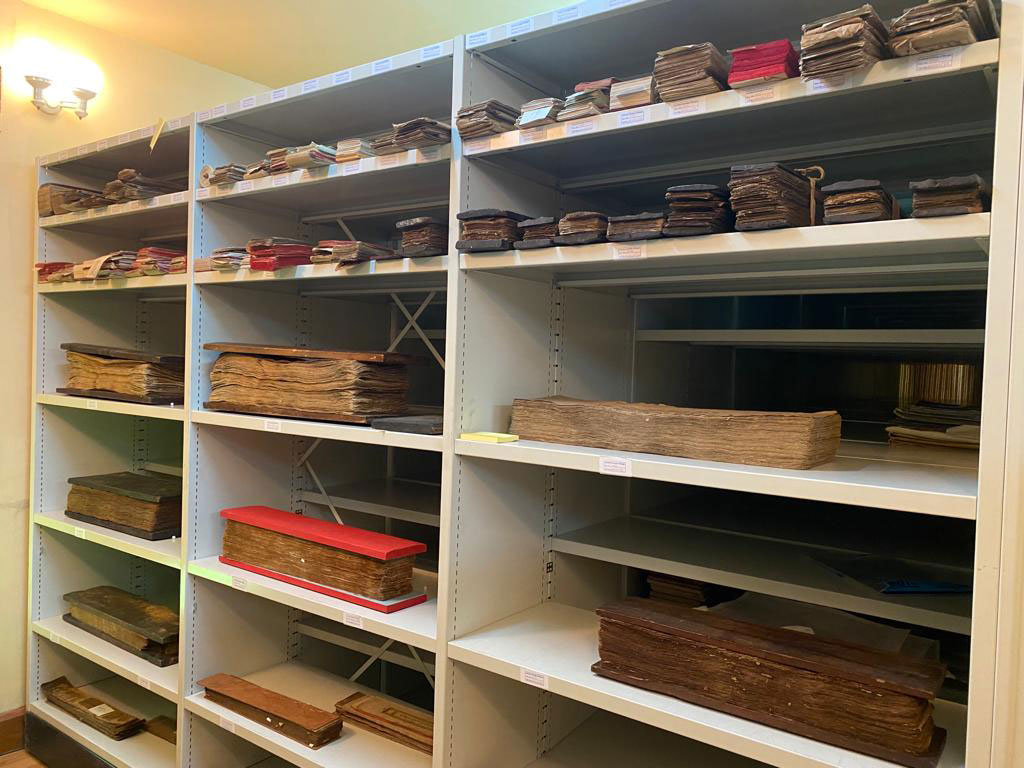
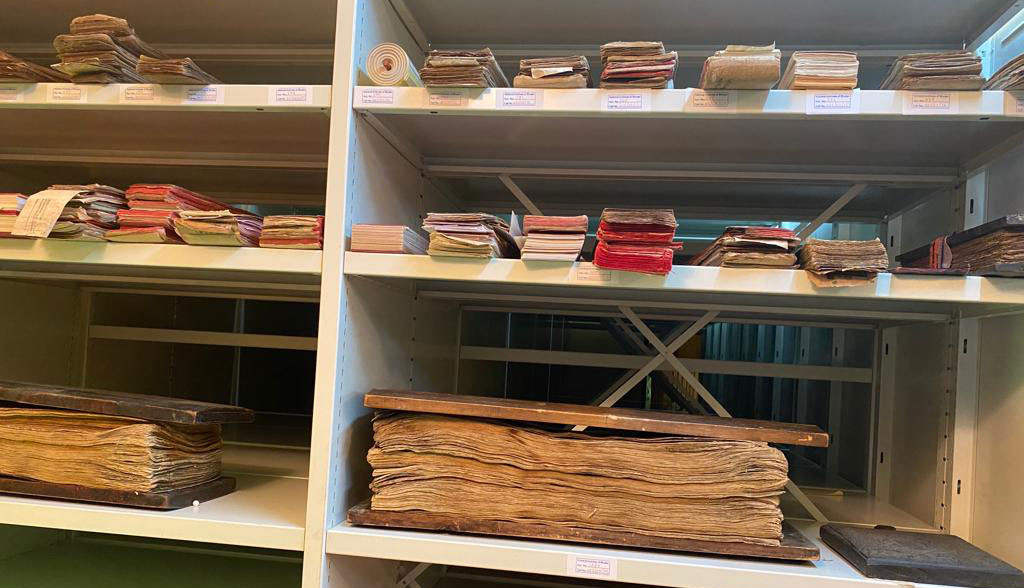
Photo/Map digitized records
Generally, photos and maps interpret legends, history and stories of the past and present activities and events. National Archives holds good collections of old and rare pictures such as replica of archival records discovered from Dunhang Cave donated by British Library, about 600 Bhutan’s photographs, 1000 photo negatives and more than 3000 slides contributed by foreign individuals.
